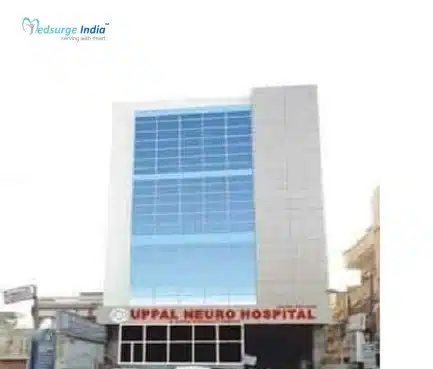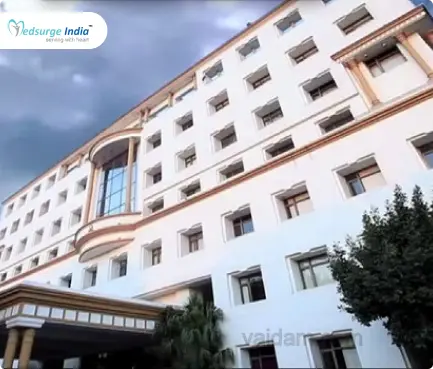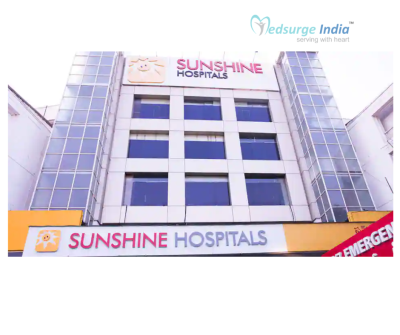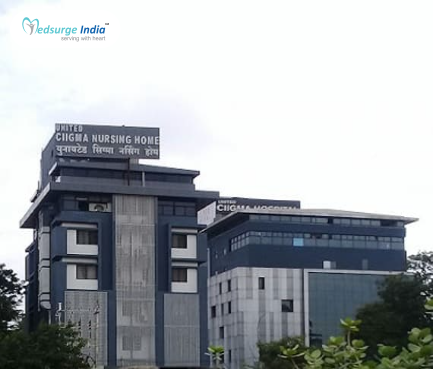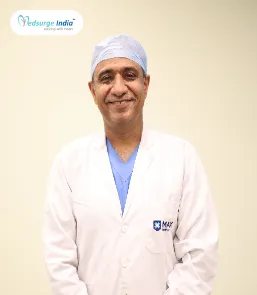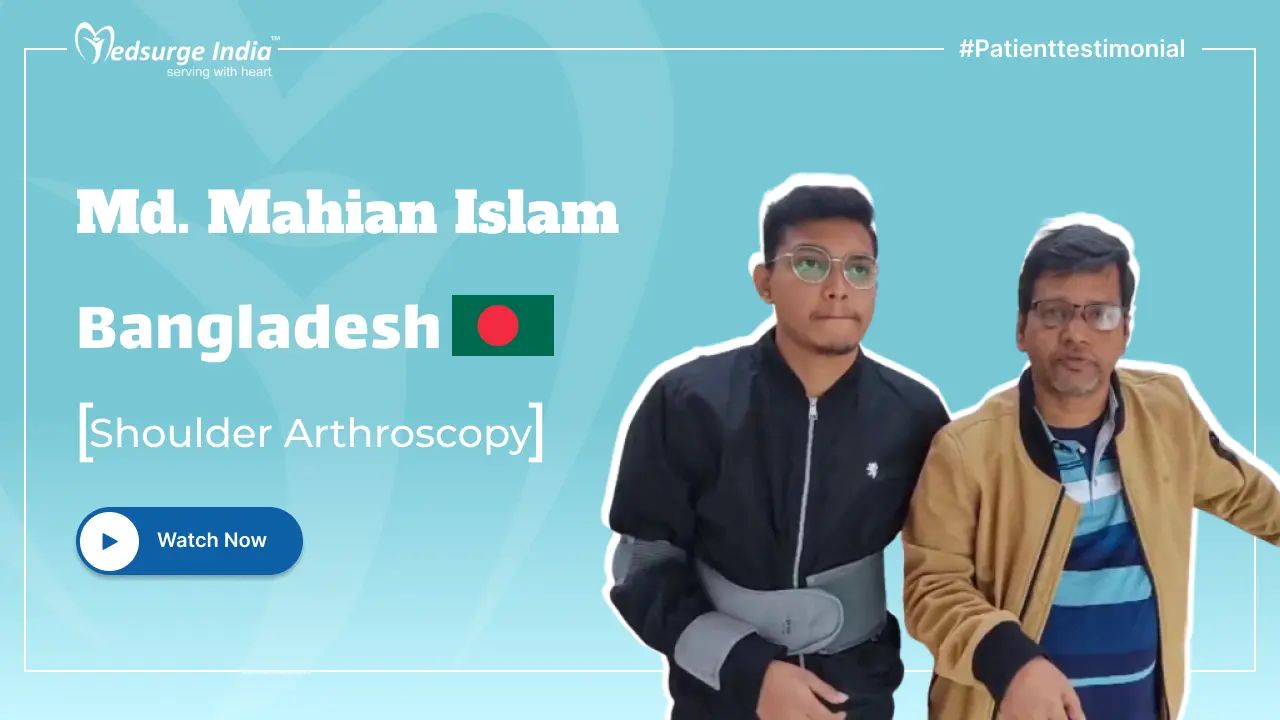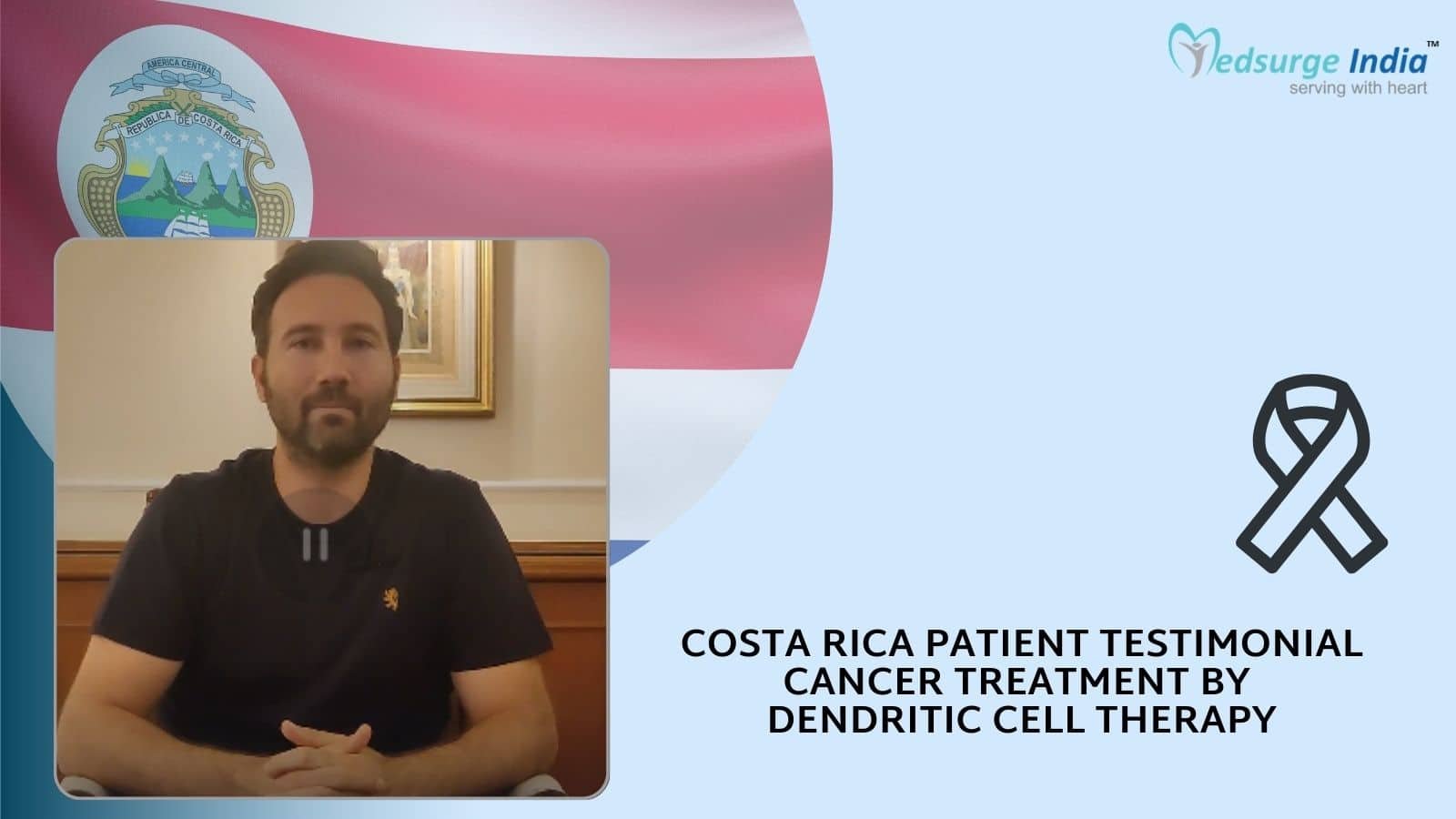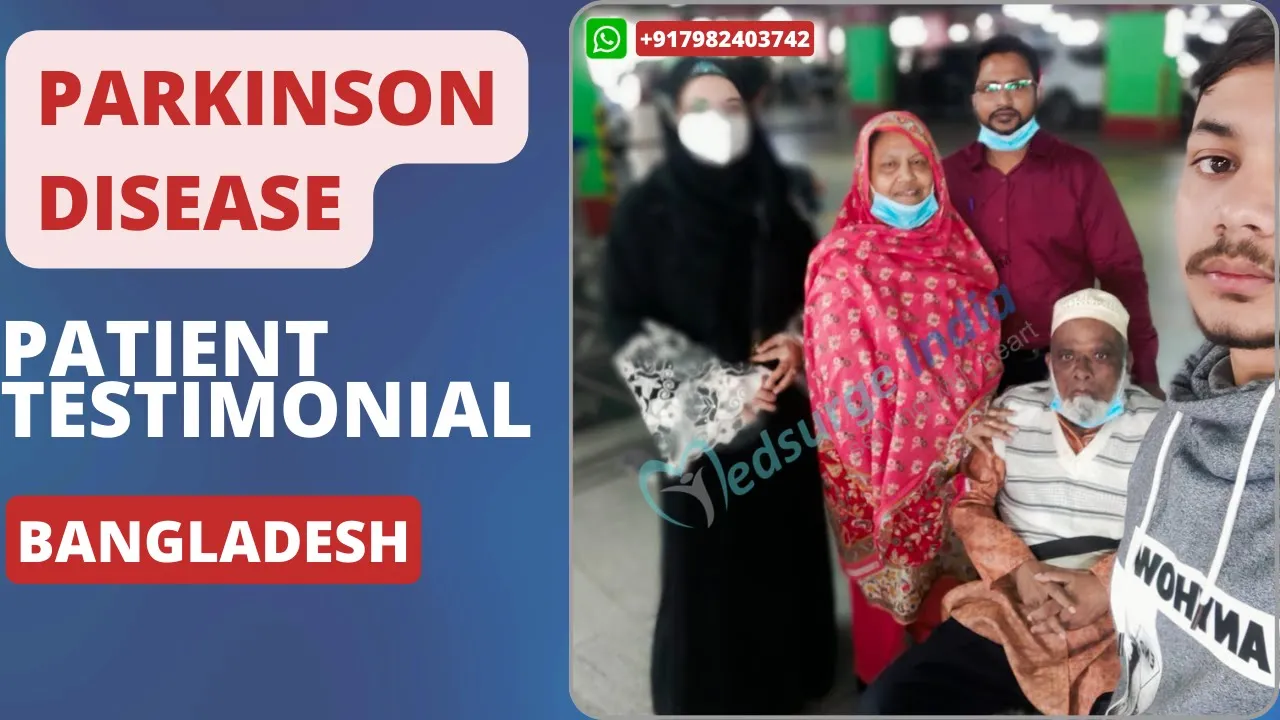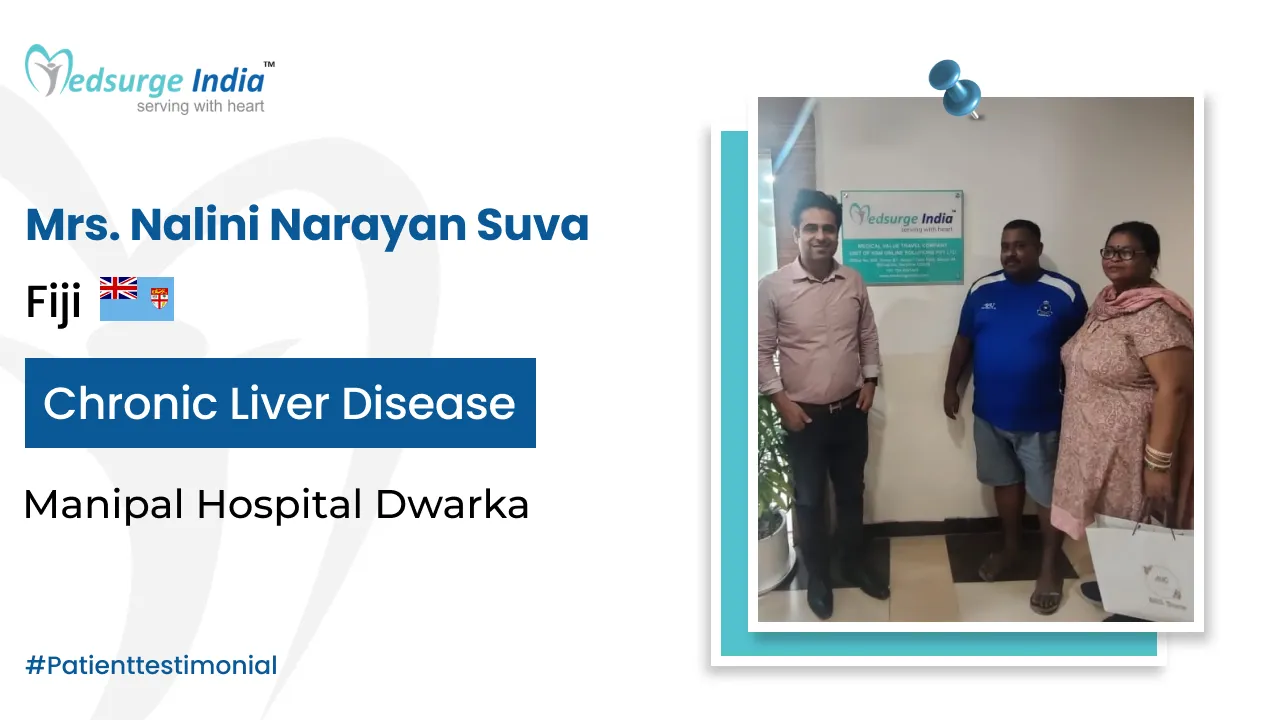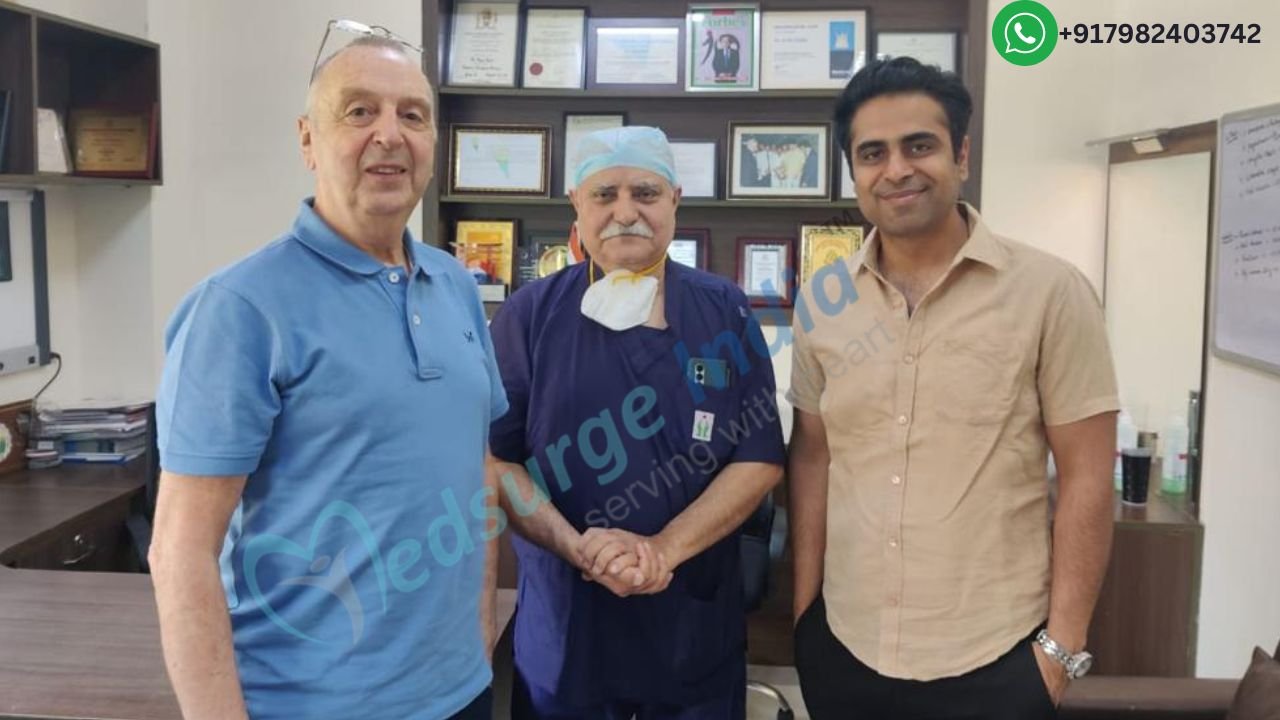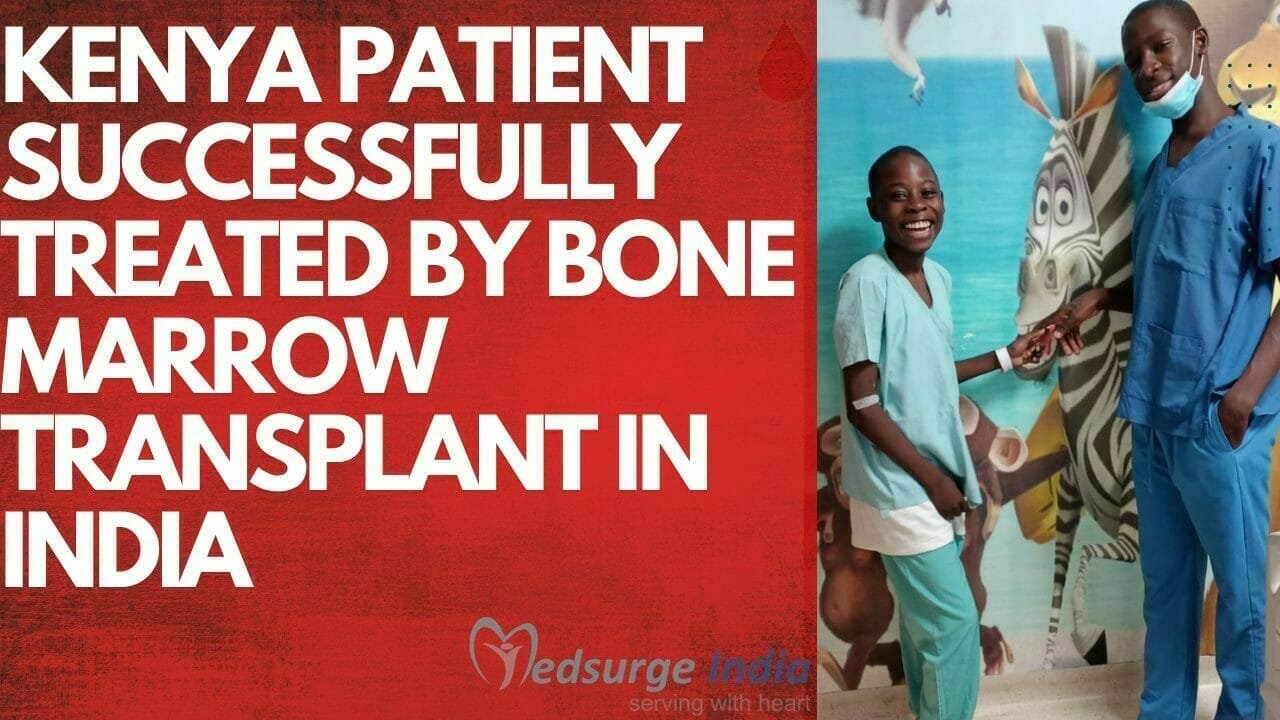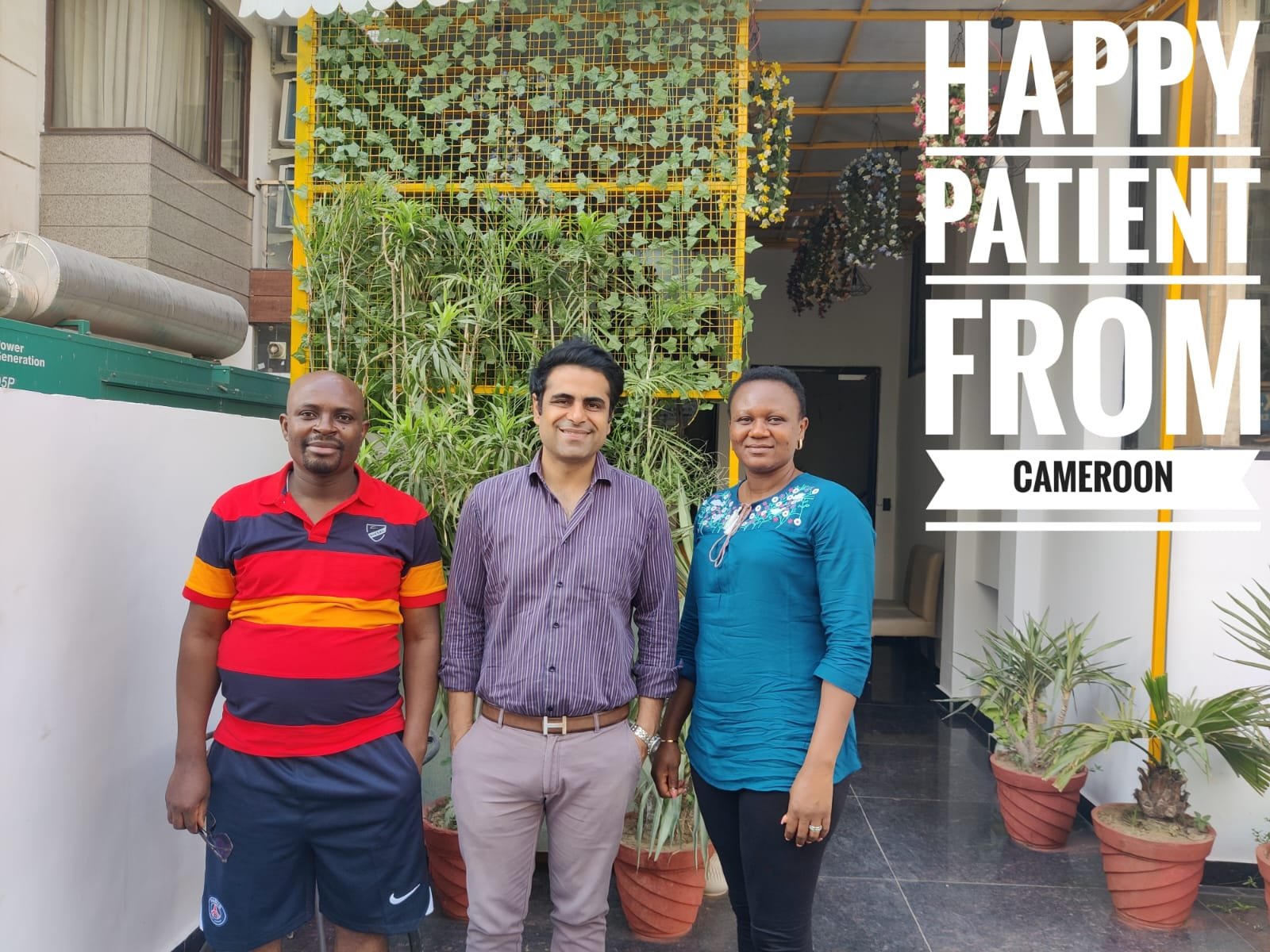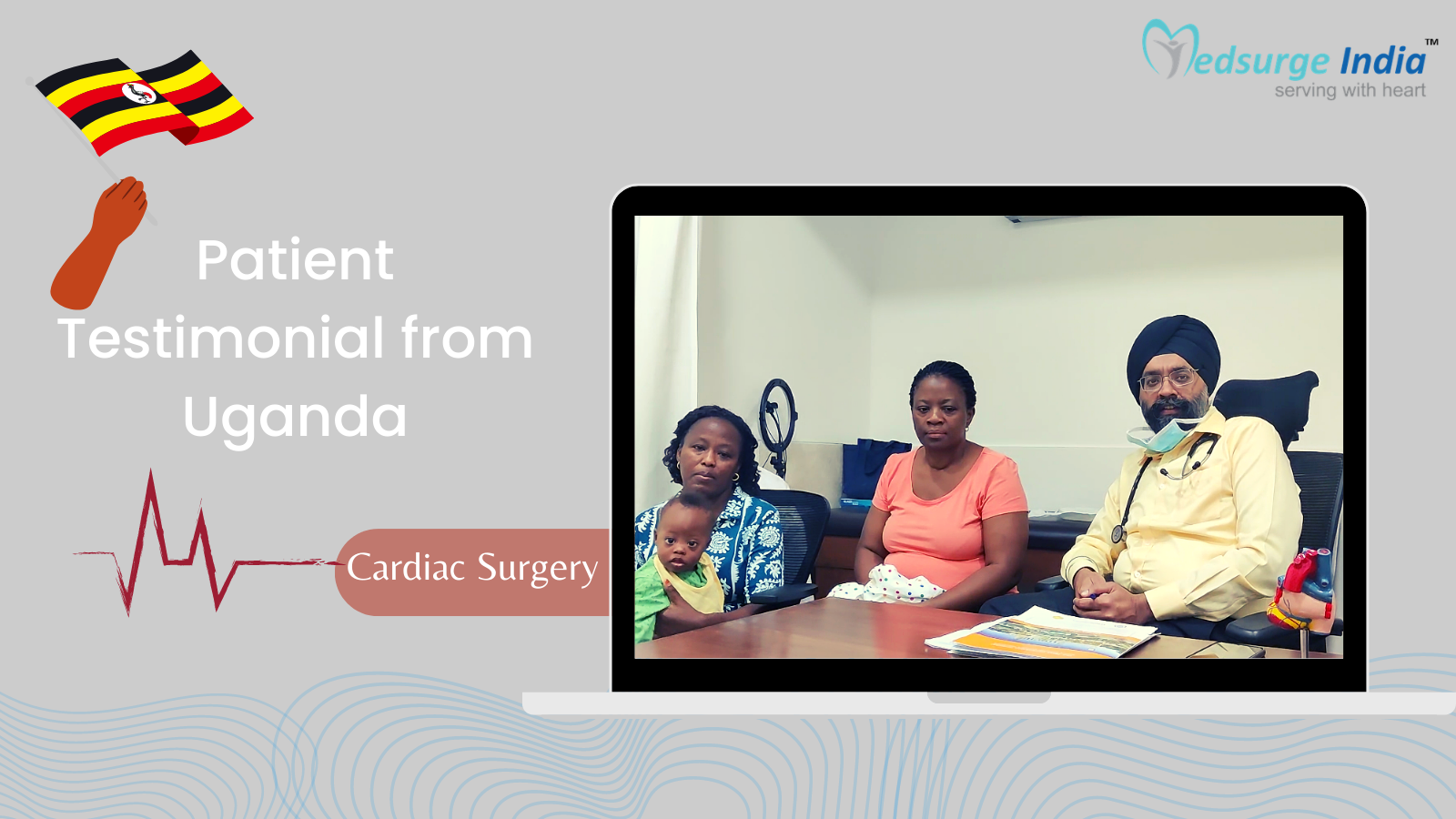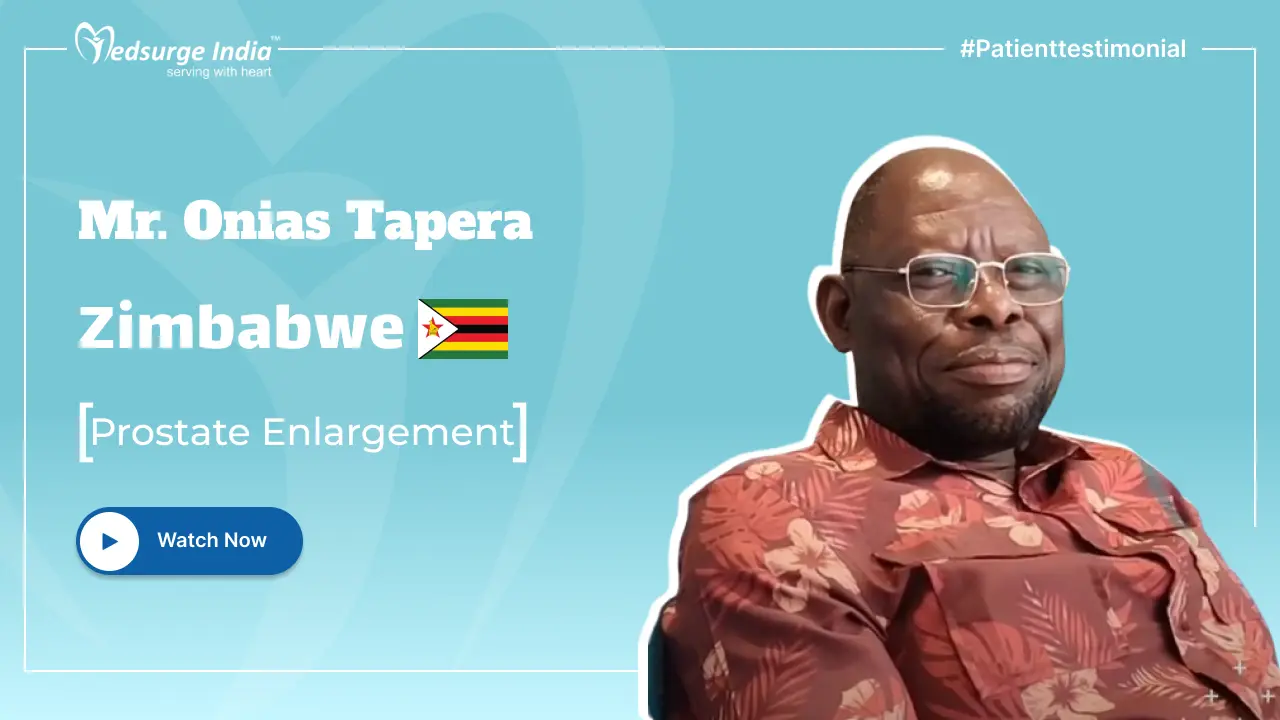
Nuclear Stress Test can be used to inspect the pictures of the heart at rest in addition to through exercise. This evaluation also provides info regarding the blockages in the blood as a result of coronary artery disease. Nuclear Stress Test creates the images which may demonstrate the regions of reduced blood circulation throughout the heart and also the magnitude of the damaged heart muscle. The evaluation involves taking the pictures at rest along with others in trying conditions such as medication or exercise. A sterile dye is used with this particular evaluation. It’s injected into the blood flow and helps to ascertain the underlying issue like coronary artery disease and degree of heart muscle damage following a heart attack once the normal pressure test can’t find the abnormality. This evaluation can also be utilized to direct the treatment with abnormal heart disease.
Indications
- To diagnose coronary artery disorder.
- To steer the treatment for heart ailments.
- To look at the dimensions and shape of the heart.
Risks
- The test is generally safe with very rare complications. However, the possible risks are:
- Allergic response to the radioactive substance injected through the pressure test.
- Arrhythmias can grow during the process and will stop following the exercise.
- In a really rare case, it might cause a heart attack.
- Chest pain or nausea may occur during the test.
- Headache, nausea, shakiness, shortness of breath, and anxiety.
- Low blood pressure may develop in some patients which may go away after the workout.
Know More – Everything You Need To Know About Heart Disease
Get Free Cost Estimation
Procedure
Before Procedure
- Allergic reactions to the contrast chlorine or dyes ought to be advised.
- Injectable medications ought to be advised ahead of the medical team.
- A complete blood profile along with other blood tests must be arranged prior to the evaluation.
- Caffeinated beverages, Candies, strawberries should be avoided 24 hrs before the test.
- Smoking should be stopped on the day of the test as nicotine will interfere with test results.
During Procedure
- The technician will send an intravenous line to the arm and then inject a radioactive tracer.
- The tracer provides a cooling feeling after being pumped into the arm that may take about 20-40 minutes to absorb the tracer.
- The patient must lie on the desk along with the very first pair of images that are going to be taken at rest and a different pair of pictures through exercise.
- The technician will arrange electrodes on the chest, legs, and arms.
- The electrode has cables that are connected to an electrocardiogram to document the electrical signals generated by the heart.
- A barbell is going to be attached to your arms and blood pressure will be monitored throughout rest and while exercising.
- When the patient is unable to work out, the physician will inject a drug that imitates the exercise to raise the blood circulation to the heart.
- The patient will keep on exercising until he develops the signs like chest discomfort, shortness of breath, palpitations, dizziness, and arrhythmia
- In the summit of heart rate, the following radiotracer is going to be awarded and following 20-40 minutes, the next pair of imaging process will be initiated. This dye reveals the regions of the heart with insufficient blood circulation.
- Both sets of pictures shot at rest and exercise are contrasted.
After Procedure
- Following the test, the patient is going to need to lie down for a specific time period with all the monitors attached.
- The physician will see for abnormalities because of the pulse and breathing return to normal.
- Normal activities can be resumed within a couple of hours following the test.
- The radioactive tracer can get removed from the body via urine or feces. Lots of water ought to be taken to flush the dye out of the computer system.
Test Analysis
- Optimal blood circulation during exercise and rest suggests that the heart is healthy and doesn’t call for additional tests.
- Optimal blood circulation through rest, but not a standard flow-through exercise indicate coronary artery disease.
- When the blood flow is reduced during rest and in the time of exercise, then it suggests that the heart isn’t getting enough blood as a result of coronary artery disease or because of before heart attack.
- The area not coated with radioactive substance suggests that the tissue damage from a heart attack.
The Most Important Frequently Asked Questions
Q: What is a Nuclear Stress Test?
A: It’s a kind of test with a radioactive tracer to diagnose the abnormality in heart structure and coronary artery disease.
Q: What are the side effects of a Nuclear Stress Test?
A: There’s a small Danger or complications with the Process which includes:
- The tracer substance can cause allergic reactions in some patients.
- Arrhythmias
- Myocardial infarction
- Low or Higher blood pressure
- Dizziness
Q: How long will it take for a stress test?
A: The evaluation will be run in two distinct elements one at rest and another while exercise. The first step will require 30-45 minutes later a short period of rest followed by the next portion of the evaluation. The evaluation takes a maximum period of 6 hrs rather than in the morning.
Q: What are the risks of a stress test?
A: The evaluation is generally free of danger. Yet death because of heart attack is roughly 1 in 5,000. The common side effect is that arrhythmia that’s a less severe illness.
Q: Can a Nuclear Stress Test detect the blocked arteries?
A: The evaluation will create pictures of heart chambers, heart pumping, and the area of tissue damage from the heart. The evaluation also provides information about blocked arteries because of coronary artery disease and also the size of tissue that is dead.
Q: How to detect blockages in the artery?
A: The artery with 20-40 blockage does not show any symptoms however when 70% blockage is present it may cause symptoms such as:
- Chest pain
- Arrhythmia
- Dizziness
- Sweating and nausea
- Palpitation
Q: What are the precautions the patient should take before a nuclear stress test?
A: The patient must avoid using β-blockers and Calcium channel blockers 24 hrs before the evaluation. Eating and drinking should likewise be averted at 4 hrs prior to the test.
Q: Is it necessary to stop caffeine before the test?
A: The patient should avoid eating or drinking caffeinated beverages at least 24 hrs before the stress test.
Q: What are the other names of the Nuclear Stress Test?
A: The evaluation can also be referred to as a thallium stress test, radionuclide evaluation or myocardial perfusion scan.
Q: What do the patients need to do before a stress test?
A: The nuclear stress test involves exercise on a treadmill to monitor the heart rate hence the patient should avoid food and drinks 4 hrs before the test and caffeinated beverages should be avoided 24 hrs before the test.
Q: Is the Nuclear Stress Test safe?
A: The pressure test creates the picture of heart chambers, evaluates the seriousness of the heart disease, and also will direct the treatment program. Though the evaluation is usually secure, in a really rare instance heart attack might happen. The patient could be subjected to radiation through the evaluation that might boost the chance of cancer.
Q. Is it safe being around children after the procedure?
A: The patient will be injected using radioactive tracer dye and it’s unsafe for the kids to be about on the day of the scan because some residual radiation might detract from your patient.
Top Hospitals for Nuclear Stress Test in India
Top Doctors for Cardiology And Cardiac Surgery
Dr. Balu Vaidyanathan
Clinical Professor
Experience: 20 years of experience
Amrita Institute of Medical Sciences, Kochi
Kochi, India
Dr. Pankaj Bajpai
Senior Consultant
Experience: 22 years of experience
Medanta – The Medicity, Gurgaon
Gurgaon, India
Dr. Vineet Bhatia
Director
Experience: 20 years of experience
Max Super Speciality Hospital, Patparganj
New Delhi, India
Dr. Punish Sadana
Senior Consultant
Experience: 23+ years of experience
Max Super Speciality Hospital Dehradun
Dehradun, India
Dr. Anand Kumar
Director
Experience: 18 years of experience
Fortis Memorial Research Institute, Gurgaon
Gurgaon, India
Dr. Sharad Tandon
Director, MBBS, MD, DNB
Experience: 22 years of experience
Fortis Memorial Research Institute, Gurgaon
Gurgaon, India
Dr. Vijay Kumar
Director
Experience: 21 years of experience
Fortis Escorts Hospital New Delhi
New Delhi, India
Dr. Snehil Goswami
Senior Consultant
Experience: 8+ years of experience
NH MMI Narayana Superspeciality Hospital, Lalpur, Raipur
Raipur, India
Dr. K. P. Suresh Kumar
Senior Consultant
Experience: 36 years of experience
Kauvery Hospital, Alwarpet, Chennai
Chennai, India
Dr. Harish Raghavan
Senior Consultant
Experience: 37+ years of experience
KMC Hospital, Hampankatta, Mangaluru
Mangaluru, India







